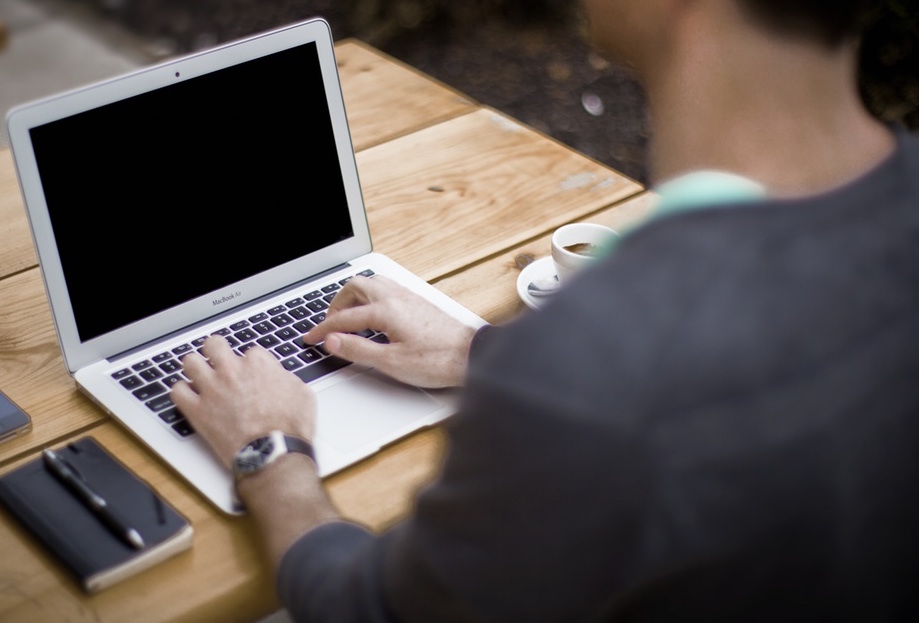Have you ever used a standing desk? They are becoming increasingly popular, as they are reported to have multiple health benefits. One study helped confirm these benefits in a study using ecological momentary assessment.
Researchers from Liverpool John Moores University wanted to know if standing desks had health benefits, and if they were feasible to use in real life situations. In order to do this, they recruited office workers (mainly secretaries) from Britain who were willing to participate in a study, using a standing desk.
At the beginning of they study, the researchers measured various health measures of the participants, such as blood pressure and other vascular measures, blood samples (of glucose, triglyceride, cholesterol), and musculoskeletal pain.
Then, the participants were outfitted with their stand/sit desks. The participants were asked to record whether they were sitting, standing, or walking in the past 15 minutes, every 15 minutes, throughout the workday. They received an email or text messages at the beginning of the day to remind them to complete their ecological momentary assessment diary. The diaries were filled out for the 5 days of the work week for one week. Then the participants waited for 3 weeks, and did the same for the 4th, and 8th week of the study.
This is what they found: After 8 weeks, the participants spent about 80 fewer minutes sitting per day, had lower cholesterol, and did not show any musculoskeletal pain due to standing (in fact, some thought it relieved some of their pain).
For feasibility, there were some barriers to using the desks. These factors included social consideration:
- “Initially we were like uh God I’m standing up everyone else is sitting down …….. some people just felt a bit self-conscious erm just because they were standing up and everyone else around them wasn’t maybe that made them feel uncomfortable (P3)
- “If people were coming in to see these people (colleagues in close proximity) I sat down not to be a distraction so they can concentrate on what they’re doing” (P6)
- “You would see someone else pop up and use theirs so you would think, oh yeah I’ll use mine” (P4)
Previous work habits:
- “I got back into my old working habits of just sitting down again and then just sort of forgot that I had it and just I’d realise halfway through the afternoon that I hadn’t stood up today but I think like just back to old habits so you’re used to sitting down a ” (P2)
- “I don’t know whether standing up and being able to see everyone more was a bit of a distraction as well but yeah I did find I couldn’t concentrate as much [when standing] and I’d need I think it’s just a natural thing to sit down and have all your things around you” (P4).
And desk design:
- “I thought it [the sit-stand workstation] was a really poor design. Just the way it bounced about and the screen kept moving and cords getting in the way and all this” (P1)
However, some people thought that the desk was user-friendly, and that it helped with productivity.
- “I did feel like a bit more awake” (P2)
- “I think it [standing] kind of makes me more productive straight away” (P3).
So, in the end, the sit/stand desks were feasible to use, and had positive health benefits. Ecological momentary assessment played an important role in this study, as it was able to assess peoples’ behavior in real time and real life situations.
Resource:
Graves, L., Murphy, R., Shepherd, S. O., Cabot, J., & Hopkins, N. D. (2015). Evaluation of sit-stand workstations in an office setting: a randomised controlled trial. BMC public health, 15(1), 1.
To learn more about ecological momentary assessment click here.
